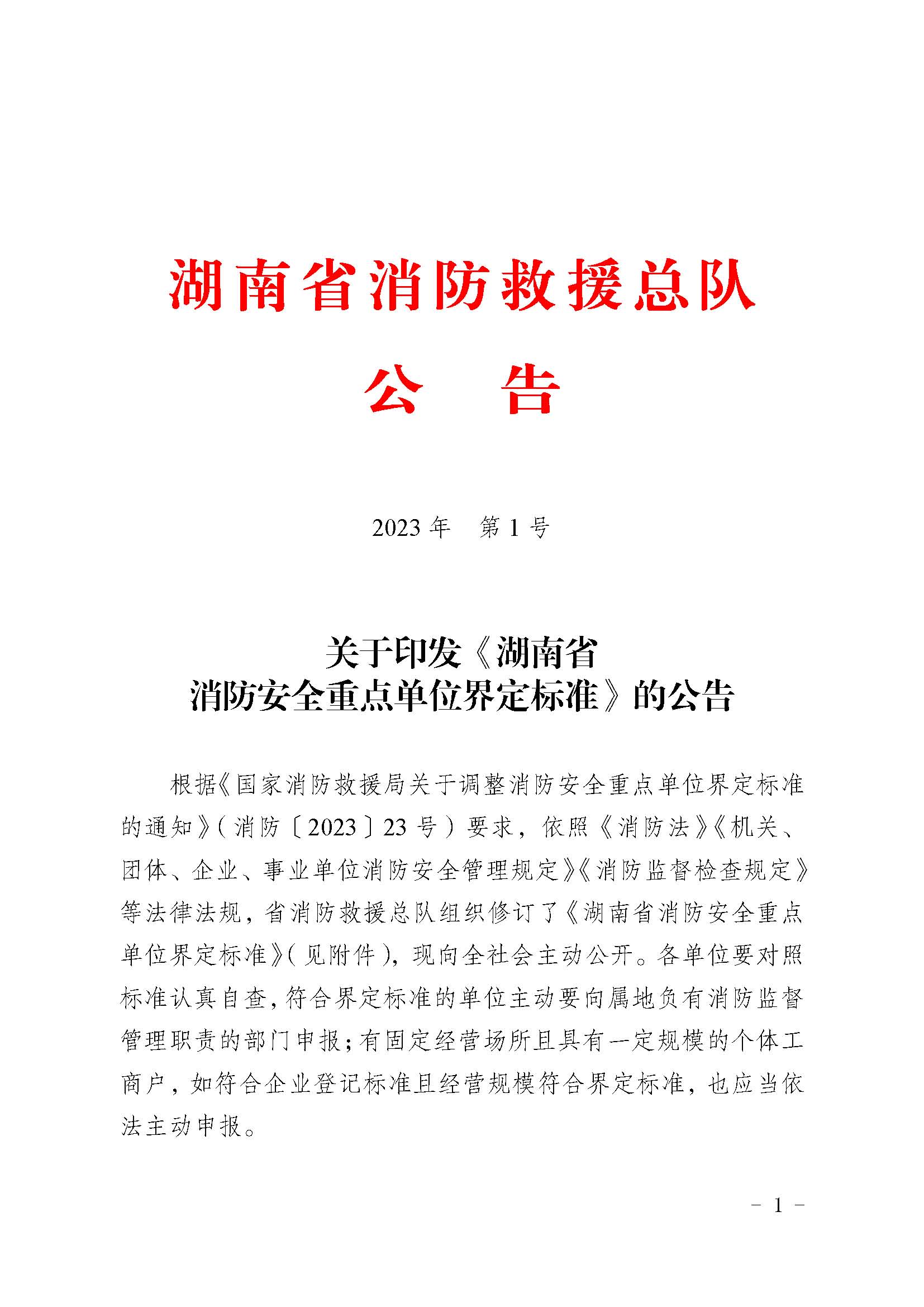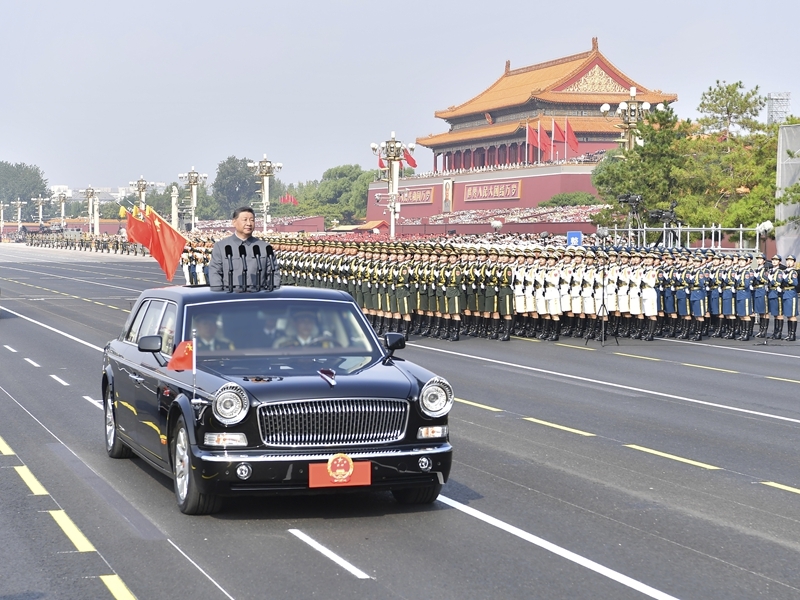
益山益水益美益阳
早在新石器时代晚期,区境即有人类繁衍生息。出土文物证明,距今5000年左右,在今安化县马路口、江南,南县北河口,赫山区邓石桥和沅江市漉湖等地,就已形成村落。进入青铜器时代后,在今桃江县马迹塘、灰山港,沅江市莲子塘以及赫山区赫山庙、龙光桥、笔架山一带,聚居村落已趋密集。
东周以前,区境属《书·禹贡》所载九州中的荆州管辖。战国时期为楚国黔中郡属地。秦属长沙郡,置益阳县,以县治位于益水(今资水)之阳而得名,是为区境置县之初。时益阳县境辖今益阳市及邵阳和娄底两市各一部分。南朝梁时置药山县(今沅江市),宋置安化县。清末,设南洲直隶厅(今南县)。其间2200多年,境内属县虽有增加,但未形成地区(府、州)级行政建置。各县沿革与隶属关系,则随朝代更换,颇多变化。
民国29年(1940),湖南省府以原9个行政督察区辖境过广和督察不便,将之调整为10个。同年4月,划益阳、安化、湘乡、宁乡、汉寿、沅江等6县,组成第五行政督察区,专员公署驻益阳县城,是为区境地区一级行政建置之始。南县属第四行政督察区(专员公署驻常德)。
民国33年(1944),侵华日军大举进犯,湖南部分地域沦陷,各行政督察区的建置名存实亡。省政府遂设安化、沅陵、洪江3个行署,作为非常时期省政府临时派出机关,分领各县。安化行署是年10月18日于安化县梅城建立。原第五行政督察区所属各县均为安化县行署领辖。翌年7月31日,安化行署撤销,恢复第五行政督察区。
1949年湖南各地相继解放,国民党政府在湖南的统治宣告结束,各行政督察区的建置随之瓦解。是年8月,成立新的湖南省临时政府(1950年4月正式成立省人民政府)后,全省设1个省辖市、10个专区。专区设专员公署,为省政府派出机关。益阳专区于1949年8月成立,专员公署驻益阳县城关区,辖益阳、安化、湘乡、宁乡、沅江、汉寿6县。
1950年3月,益阳县城关区改为益阳城关区,升为县级;同年9月,建立益阳市,直属益阳专署领导。1951年4月,省政府执行中共中央关于“在100万人口左右的大县,领导困难,可以划小”的指示,析湘乡县第九、十区,安化县第三、四区和兰田镇,以及邵阳、新化县部分地域,置兰田县;析湘乡县第三、六、七区,置永峰县。同年七月,析益阳县第六、七、八、九、十一区,置桃江县,均属益阳专区管辖。当时,全区共辖9县、1市。南县则属常德专区。
1952年11月,益阳专区建置撤销,原辖宁乡县划属湘潭专区,湘乡、双峰、涟源3县划归邵阳专区,益阳、桃江、安化、汉寿、沅江5县及益阳市划归常德专区,历时10年。其间,益阳市于1953年4月改为省辖市,授权常德专署领导,1958年7月改为益阳县领导,但1961年复改专区辖市,仍由常德专署领导。
1962年12月,恢复益阳专区建置,专员公署驻益阳市桃花仑,辖南县、沅江、华容、益阳、宁乡、桃江、安化7县和益阳市。大通湖、千山红、金盆、北洲子、茶盘洲、钱粮湖6个国营农场,同时划归益阳专区管辖。
1964年9月,华容县及钱粮湖农场划归岳阳专区。
1968年,益阳专区改称益阳地区。
1983年7月,宁乡县划属长沙市。至此,全区辖益阳、桃江、安化、沅江、南县和益阳市,及大通湖、北洲子、金盆、千山红、茶盘洲5个国营农场和大通湖渔场。
1994年3月,国务院批准撤销益阳地区,设立地级益阳市;5月,新的中共益阳市第一次代表大会选举产生中共益阳市第一届委员会和纪律检查委员会;原益阳县、益阳市分别以资水为界,以南改为赫山区,以北改为资阳区。7月1日,“益阳市人民代表大会常务委员会”“益阳市人民政府”“中国人民政治协商会议益阳市委员会”正式挂牌。从此标志着地级益阳市的成立。全市辖3县(南县、桃江、安化)、1市(沅江市)、2区(赫山、资阳)、5大国营农场(大通湖、北洲子、金盘、千山红、茶盘洲)和大通湖渔场。
2000年12月18日,中共大通湖区委员会、大通湖区管委会成立。5大国营农场撤销。场部所在地改设建置镇。大通湖区由大通湖、北洲子、金盘、千山红4大国营农场合并而成;茶盘洲农场改茶盘洲镇划归沅江市管辖。市辖境包括3县、1市、3区(赫山、资阳、大通湖)。
Welcome to Yiyang
As early as in the late Neolithic age, there was human reproduction in the region. The unearthed cultural relics prove that about 5000 years ago, villages have been formed in today's Anhua County, Jiangnan, Nanxian County, Dengshiqiao in Heshan District and Lu Lake in Yuanjiang City. After entering the Bronze Age, the concentrated villages have become more dense in the modern Taojiang County, Mazhitang, Huishan Port, Yuanjiang City, Heshan Temple, Longguang Bridge and Bijiashan areas in Heshan District.
Before the Eastern Zhou Dynasty, the area was under the jurisdiction of Jingzhou in the state of Kyushu contained in Shu Yu Gong. The Warring States Period for the state of Chu in Guizhou County territory. Qin belongs to Changsha County, Yiyang County, after the county is located in yishui (now zishui) Yang named, is for the beginning of the district county. Yiyang County jurisdiction today Yiyang City and Shaoyang and Loudi two parts. In the Southern Liang Dynasty, Yaoshan County (now Yuanjiang City), Song Anhua County. At the end of the Qing Dynasty, the South Zhou Zhili Hall (now Nan County). During the period of 2,200 years, although the territory of the county has increased, but has not formed the regional (government, state) level administrative construction. The evolution and subordination of counties changed with the dynasty, quite many changes.
In the 29th year of the Republic of China (1940), the Hunan Provincial government adjusted the original 9 administrative supervision areas, to 10. In April of the same year, Yiyang, Anhua, Xiangxiang, Ningxiang, Hanshou, Yuanjiang and other 6 counties formed the fifth administrative supervision area, and the commissioner's office was located in Yiyang county, which was the beginning of the first-level administrative construction of the district. Nan County is the fourth administrative supervision area (the commissioner's office in Changde).
In the 33rd year of the republic of China (1944), the Japanese invaders invaded in a large scale, some parts of Hunan fell, and the construction of the administrative supervision areas existed in name only. The provincial government then set up three administrative offices, Anhua, Yuanling and Hongjiang, as the temporary dispatched offices of the provincial government during the emergency period, and divided into all counties. Anhua Administration was established in Meicheng, Anhua County on October 18,2006. The former fifth administrative supervision district belongs to the counties are Anhua County Administration. On July 31 of the following year, the Anhua Administration was abolished and the fifth administrative supervision district was restored.
In 1949, all parts of Hunan were liberated, the Kuomintang government in Hunan came to an end, and the construction of the administrative supervision areas collapsed. In August, after the establishment of the new provisional government of Hunan Province (the provincial people's government was formally established in April 1950), the province set up 1 provincial municipality and 10 special areas. The special area shall set up a commissioner's office, which is dispatched by the provincial government. Yiyang Zone was established in August 1949, and the commissioner's office was located in Chengguan District of Yiyang County, with jurisdiction over 6 counties: Yiyang, Anhua, Xiangxiang, Ningxiang, Yuanjiang and Hanshou.
In March 1950, Chengguan District of Yiyang County was changed to Yiyang Chengguan District and upgraded to county level; in September, Yiyang City was established under the leadership of Yiyang Special Department. In April 1951, the provincial government implemented the instructions of the Central Committee of the Communist Party of China on " analyzing the ninth and tenth districts of Xiangxiang County, Anhua County, some areas of Shaoyang and Xinhua County, and the third, sixth and seventh districts of Xiangxiang County, and Yongfeng County. In July of the same year, the sixth, seventh, eighth, ninth, eleven district, Taojiang County, are under the jurisdiction of Yiyang District. At that time, the district had jurisdiction over 9 counties, 1 city. Nanxian county belongs to the Changde special area.
In November 1952, Yiyang zone was built and abolished, the original jurisdiction of Ningxiang County under Xiangtan zone, xiangxiang, Shuangfeng and Lianyuan 3 counties under Shaoyang zone, Yiyang, Taojiang, Anhua, Hanshou, Yuanjiang 5 counties and Yiyang City under Changde zone, which lasted for 10 years. During this period, Yiyang City was changed into a provincial municipality in April 1953, and authorized the leaders of Changde Special Office. In July 1958, it became the leaders of Yiyang County, but in 1961, the city was reformed under the jurisdiction of the district, which was still under the leadership of Changde Special Office.
In December 1962, the establishment of Yiyang area was restored, and the commissioner's office was located in Taoailun, Yiyang City, with jurisdiction over 7 counties of Nanxian, Yuanjiang, Huarong, Yiyang, Ningxiang, Taojiang and Anhua and Yiyang City. Datong Lake, Qianshan Red, JinBasin, BeZhouzi, Chaanzhou, Qianliang Lake, 6 state farms, at the same time under the jurisdiction of Yiyang area.
In September 1964, Huarong County and Qianlianghu farm were transferred to the Yueyang special area.
In 1968, Yiyang area was renamed Yiyang area.
In July 1983, Ningxiang County was designated as Changsha City. So far, the whole district has jurisdiction over Yiyang, Taojiang, Anhua, Yuanjiang, Nanxian and Yiyang City, and Datong Lake, Bezhouzi, Jinpan, Qianshan Red, Chapanzhou five state-owned farms and Datong Lake fishing ground.
In March 1994, the State Council approved the abolition of Yiyang District and the establishment of regional Yiyang City; in May, the first Congress of Yiyang City elected the first committee of the former Yiyang County and the CPC, and the south to Ziyang District. On July 1, "Standing Committee of Yiyang Municipal People's Congress", "Yiyang Municipal People's Government" and "Yiyang Municipal Committee of the Chinese People's Political Consultative Conference" were officially inaugurated. Since then marked the establishment of the regional Yiyang city. The city has jurisdiction over 3 counties (Nanxian, Taojiang, Anhua), 1 city (Yuanjiang City), 2 districts (Heshan, Ziyang), 5 state farms (Datong Lake, North Zhou Zi, Jinpan, Qianshan Red, Chapan Zhou) and Datong Lake fishing ground.
On December 18,2000, the CPC Datong Lake District Committee and the Datong Lake District Management Committee were established.5 big state farms are withdrawn. The location of the site to build a town. Datong Lake District is formed from the merger of Datong Lake, Beizi, Jinpan and Qianshan Red Farm; Chapanzhou Town is placed under the jurisdiction of Yuanjiang City. The city has jurisdiction over 3 counties, 1 city and 3 districts (Heshan, Ziyang, Datong Lake).





